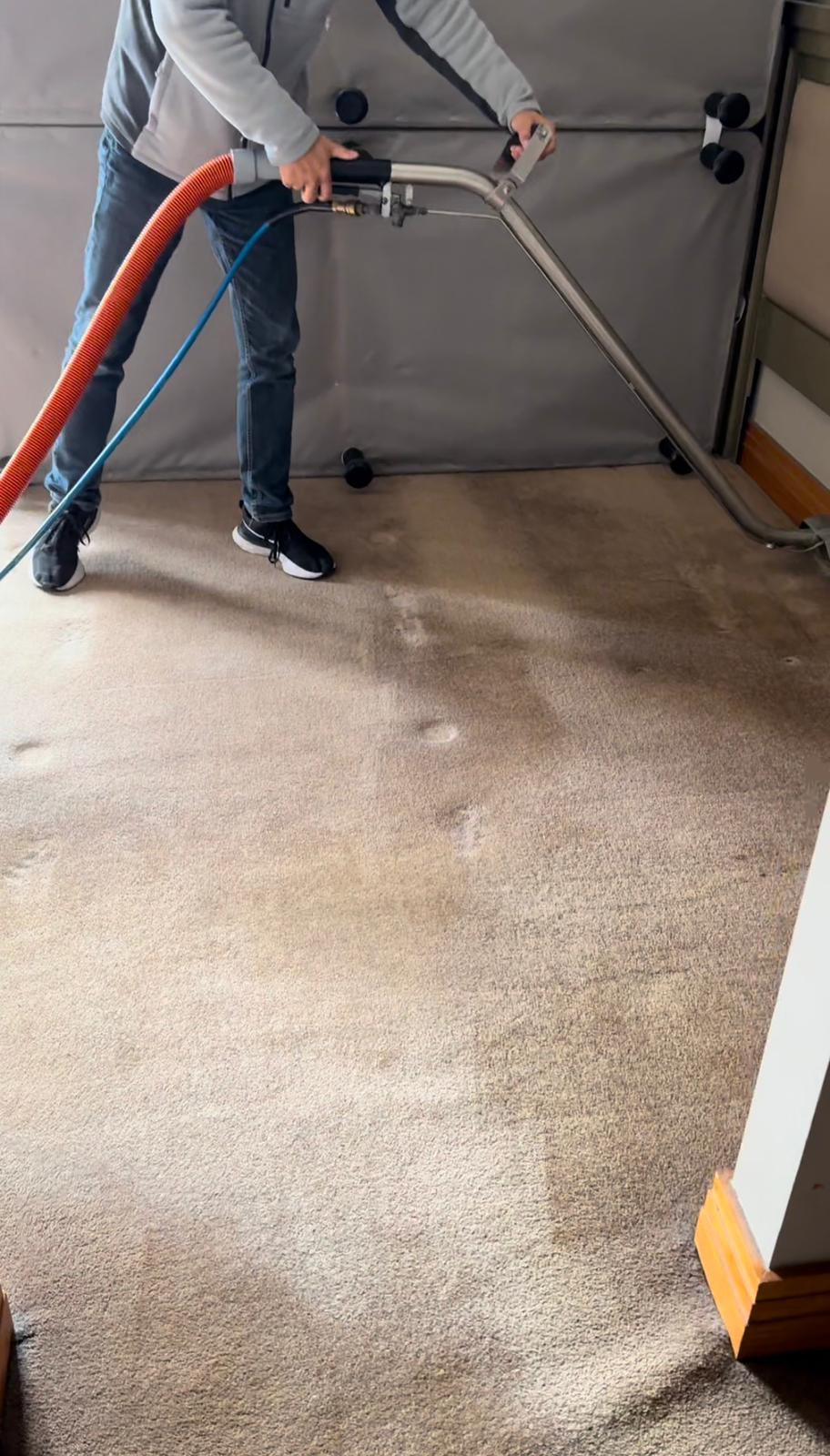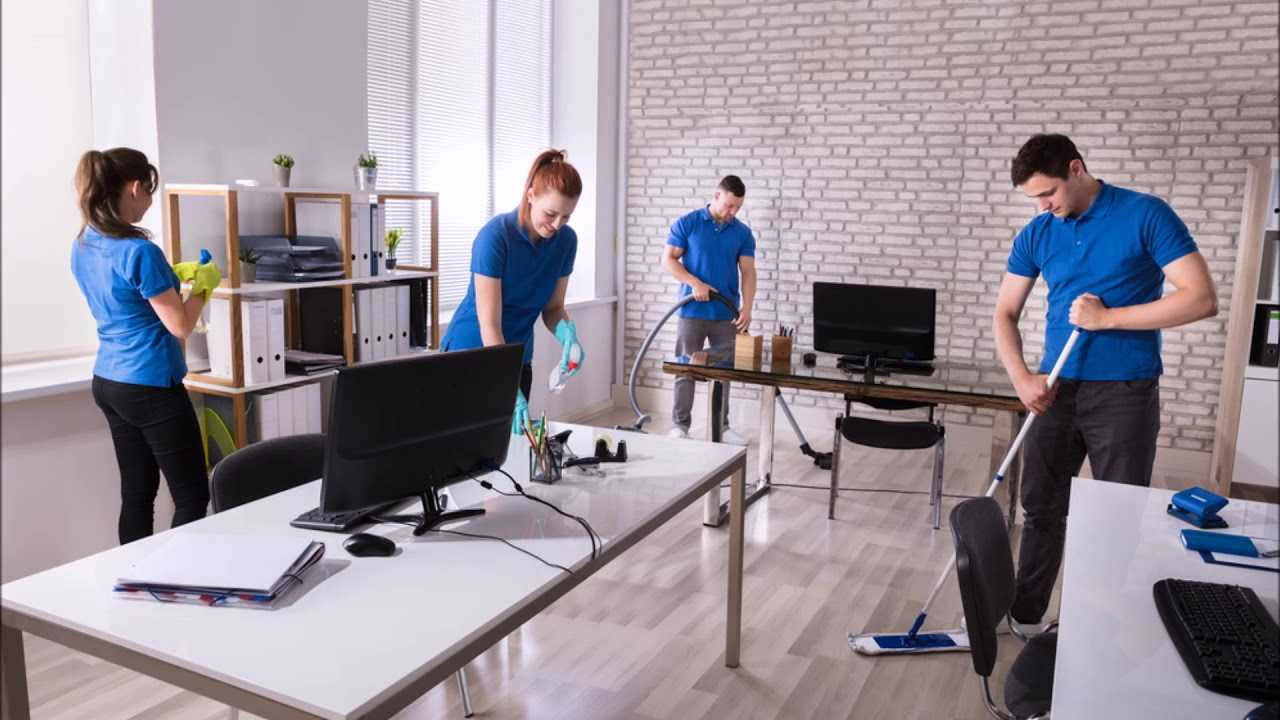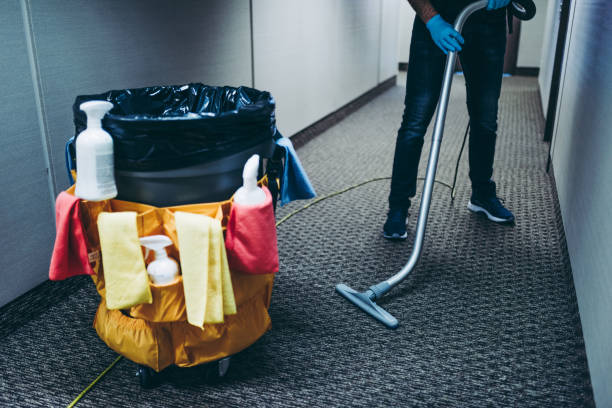
Steam Cleaning vs. Other Carpet Cleaning Methods
December 28, 2024Carpet cleaning isn’t just about appearances; it’s about keeping your home healthy and welcoming. Whether you’re a neat freak or just tired of dodging coffee stains, the method you choose matters. Among the sea of options, steam cleaning often stands out, but how does it compare to the alternatives? Let’s roll up our sleeves and dive into the details.
The Basics: Why Clean Carpets Regularly?
Carpets are like silent sponges. They soak up everything—dust, allergens, spills, and even the odd crumb from last night’s snack. If left unchecked, they can turn into breeding grounds for bacteria. Regular cleaning doesn’t just freshen up your living space; it improves air quality and extends the life of your carpet. So, the big question isn’t if you should clean, but how.
What is Steam Cleaning?
Steam cleaning, also known as hot water extraction, uses high-temperature steam to loosen dirt and grime. The process involves injecting hot water mixed with cleaning agents into the carpet fibers, then immediately extracting it with a powerful vacuum. Think of it as giving your carpet a hot bath and a quick towel-off all at once.
This method is particularly effective for deep-seated dirt and stubborn stains. The heat not only removes grime but also kills most bacteria and dust mites, making it a popular choice for allergy sufferers. Carpet steam cleaning in Auckland, for instance, is highly sought after due to its ability to tackle tough stains while being gentle on fibres.
Dry Cleaning: A Quick Fix or a Long-Term Solution?
Dry cleaning is often chosen for its speed. Instead of water, this method relies on cleaning powders or solvents that are sprinkled over the carpet and worked in with a machine. Once the dirt bonds with the cleaning agent, it’s vacuumed away.
While it’s quick and doesn’t leave carpets soaking wet, it has its drawbacks. Dry cleaning primarily targets surface-level dirt. If your carpet has deep stains or hasn’t been cleaned in a while, this method might leave you wanting more.
Shampooing: The Old-School Method
Shampooing carpets was once the go-to method. It involves applying a foamy detergent to the carpet and scrubbing it with a machine. Afterward, the residue is rinsed and extracted.
This method is effective for visibly dirty carpets but can leave behind a sticky residue if not rinsed properly. That residue can attract even more dirt over time, defeating the purpose of cleaning. It’s like washing your hair but skipping the rinse—no one wants that.
Bonnet Cleaning: Good for a Quick Refresh
Bonnet cleaning is often used in commercial settings. It involves a rotating pad soaked in cleaning solution, which is run over the carpet surface. It’s fast and works well for routine maintenance, especially in high-traffic areas.
However, it only cleans the top layer of the carpet. It’s a bit like dusting a shelf without wiping it down—you might make it look good, but the hidden grime remains.
However, it only cleans the top layer of the carpet. It’s a bit like dusting a shelf without wiping it down—you might make it look good, but the hidden grime remains.
Expert Hands: Hiring Residential Cleaning Services
A spick and span house is a happy house! But when it comes to getting tough stains and grime out of carpets, it’s challenging to take time out from busy schedules. But not when you trust a residential cleaning service! Hiring these providers to clean your carpet is the smartest decision ever. Whether your carpet needs steam cleaning or rigorous shampooing, these professionals can identify the right method and get the bad stuff out without damaging the integrity of your carpet.
Steam Cleaning vs. Alternatives: The Key Differences
- Depth of Cleaning: Steam cleaning penetrates deep into carpet fibres, whereas dry cleaning and bonnet cleaning only address surface dirt. If your carpet has seen better days, steam cleaning is like hitting the reset button.
- Drying Time: Dry cleaning and bonnet cleaning take the lead here. Since steam cleaning uses water, carpets take longer to dry—usually 6 to 12 hours. But if you can wait, the results are worth it.
- Health Benefits: The high temperatures in steam cleaning kill allergens and bacteria, making it ideal for homes with kids or pets. Dry cleaning and shampooing may leave behind chemical residues, which isn’t ideal for sensitive households.
The Environmental Factor
If you’re conscious of your carbon footprint, the cleaning method you choose matters. Steam cleaning primarily uses water and heat, making it more environmentally friendly than methods reliant on harsh chemicals. However, dry cleaning has improved over the years with the introduction of eco-friendly powders and solvents.
In areas like Auckland, where sustainability is a growing concern, carpet steam cleaning in Auckland is gaining popularity for its eco-conscious approach.
Choosing the Right Method for Your Needs
The best cleaning method depends on your carpet type, the level of dirt, and your personal preferences. Steam cleaning is ideal for a thorough, deep clean. Dry cleaning suits those pressed for time, and bonnet cleaning works well for quick touch-ups. Shampooing, while less common today, still has its place for heavily soiled carpets. And one of the simplest ways to clean your carpet is to hire residential cleaning experts who take care of everything—start to finish!
Common Misconceptions About Steam Cleaning
- “It’s too harsh for carpets.” On the contrary, steam cleaning is gentle when done professionally. The high temperature and controlled pressure are designed to clean without causing damage.
- “It leaves carpets soaking wet.” While carpets do take longer to dry, the extraction process removes most of the water.
- “It’s expensive.” While it might cost more upfront, the long-term benefits—like extending your carpet’s lifespan—make it a worthwhile investment.
Tips for Maintaining Clean Carpets
- Vacuum Regularly: Don’t wait for dirt to settle in. A quick vacuum once or twice a week can do wonders.
- Treat Spills Immediately: Blot (don’t rub) spills as soon as they happen. The faster you act, the better your chances of avoiding a stain.
- Schedule Professional Cleanings: Even with regular maintenance, a professional deep clean every 12-18 months keeps carpets in top shape.
Steam Cleaning: Tips for Getting the Best Results
Steam cleaning is a fantastic way to refresh and revitalize carpets, but a little preparation goes a long way. Before booking a professional service or renting a steam cleaner, there are a few steps you can take to ensure optimal results.
Start by vacuuming thoroughly. Steam cleaning works best when surface debris is removed beforehand, allowing the steam to penetrate deep into the carpet fibres. Pay special attention to high-traffic areas and corners where dirt tends to accumulate.
Next, move any lightweight furniture out of the way. Steam cleaning is most effective when carpets are unobstructed. For heavier items, use protective pads to prevent water damage to furniture legs.
If you’re tackling the job yourself, read the instructions on the machine and clean the solution carefully. Test the solution on a small, inconspicuous area to check for any adverse reactions. Always avoid oversaturating the carpet; too much water can lead to mould or mildew.
Finally, ensure proper ventilation during and after cleaning. Open windows or use fans to speed up the drying process. Carpets need time to dry completely to prevent odours or dampness.
Final Thoughts
When comparing steam cleaning to other carpet cleaning methods, it’s clear that each has its pros and cons. Steam cleaning shines for deep cleaning and health benefits, while methods like dry cleaning offer speed and convenience. Understanding your carpet’s needs and your priorities will help you make the best choice.
Investing in the right cleaning method not only saves your carpet but also enhances the comfort and hygiene of your home. So, what’s your pick? A quick fix or a deep dive? Either way, your carpets—and your toes—will thank you
.png)




